Welcome to Part 4 of our Spring Foraging series! Today, we’re talking all about plantain and 5 ways to use it! Plantain is well known as being a home remedy for bee stings and bug bites but there is so much more to this amazing wild edible!
Don’t forget to check out the rest of our Spring Foraging series if you missed it!
Spring Foraging Week 1: What I Found in My Backyard
Spring Foraging Week 2: 5 Ways to Use Cleavers
Spring Foraging Week 3: 5 Ways to Use Dandelion
Plantain grows in open, sunny meadows, lawns, in sidewalk cracks, well beaten paths, and basically anywhere the ground has been disturbed. It is common to see plantain growing around sidewalks and driveways.
According to “Wildman” Steve Brill in his book, “Identifying and Harvesting Edible and Medicinal Plants in the Wild (and Not So Wild) Places,” plantain has no poisonous look-alikes.
There are actually several different species of plantain but there are two that I see regularly in my yard.
This is broad-leaved plantain (Plantago major)
Notice how it grows so nicely in this compacted soil.
This is narrow-leaved plantain (Plantago lanceolata)
Notice that both species have ribbed leaves. Both species also have similar flowers.
The yellow flowers you see here are actually from my maple tree, not the plantain.
Benefits of Plantain
-
it is widely available, safe to use and easily applied to a variety of common complaints
-
working both internally and externally, it is astringent, soothing and cooling
-
it is high in nutrients
-
It has the ability to pull out splinters, dirt, pus, and infection out of wounds
-
the seeds contain mucilaginous fiber (like psyllium seeds) and are good for cleansing and soothing the intestines
-
an infusion (tea) of the leaves or mashed seeds treats sore throats, coughs, diarrhea and acid reflux
-
a strong plantain infusion (tea) can be healing to inflammatory digestive problems such as leaky gut, ulcers and inflammatory bowel diseases
-
it is antimicrobial
-
it is cooling to hot conditions like redness, sharp pain, swelling and inflammation
-
it can relieve the pain of canker sores and speed up the healing of tissues
-
it’s astringent properties allow it to knit tissues back together
-
it is an excellent general tonic for the gums, pulling out infection and toning the tissues
-
it soothes inflamed nerves and can help bring back damaged nerves
-
it has a special affinity for the mucus membranes. It soothes, cools, lubricates and removes phlegm
-
for centuries, it has been used as a remedy for boils
5 Ways to Use Plantain
All Purpose Plantain Salve
One thing you will always find in my medicine cabinet is my All Purpose Plantain Salve. It truly is a wonderful home remedy to have on hand. I also make a Backyard Herbal Healing Salve, which is a combination of several backyard herbs including plantain.
As a salve, plantain is helpful for poison ivy, burns, bruises, cuts, incisions, bug bites, spider bites, stings, frostbite and as a drawing out salve. When my kids have scraps and bumps and bruises, they immediately reach for the salve.
I recently had a new experience using my All Purpose Plantain Salve. Several weeks ago I fell off a ladder while painting my daughter’s bedroom. I hit the ladder rugs on the way down, as well as a dresser. My ankle was throbbing! It was the kind of injury where you know you’re going to be left with a massive bruise the next day!
By evening, the pain was so much worse that I wondered how I would sleep that night. The pain had started radiating down to my foot and my ankle was red and hot to the touch. There was also mild bruising at that point.
Normally, I wouldn’t think of plantain for pain but I did know that plantain would be helpful for the bruising. Much to my surprise, within seconds of applying the salve, my pain was gone and my ankle was cool to the touch. I knew that plantain can be cooling to hot conditions but to see it pull the heat, inflammation and pain from my ankle in mere seconds was truly amazing. I slept like a baby that night and the next day, I only had faint bruising which disappeared within 3 days.
This salve is mighty handy to have around. My recipe makes a large, 8 oz batch which usually lasts my family of 5 for the entire year. If you don’t need quite that much, you can easily cut the recipe by 1/2 or 3/4. Be sure you save yourself a couple tablespoons of the infused oil for our next recipe, the Soothing Bug Bite stick!
All Purpose Salve with Plantain
Soothing Bug Bite Stick
The Bug Bite Stick is a convenient option for throwing in your bag when you’re traveling. I also like to give one to each of my kids to carry in their school bags. We’re calling this a Bug Bite Stick, but you know better! You can use it for all sorts of things….bumps and bruises, cuts, bites, stings, splinters. You could even use it as a lip balm.
You will need:
-
4 lip balm containers
-
1.5 tbsp plantain infused olive oil (or other carrier oil)
-
1 tbsp beeswax pastilles
-
5 drops lavender
-
5 drops tea tree
Instructions:
-
In a double boiler (or heat safe, glass measuring cup in a pan of water, ) melt the beeswax into the olive oil.
-
Remove from heat and allow to cool slightly before adding the essential oils.
-
Pour into lip balm containers and allow to cool completely before moving them.
Plantain Facial Toner
Plantain’s astringent properties along with some raw apple cider vinegar makes a nice, healing facial toner which helps to restore your skin’s natural pH.
You Will Need:
-
a glass jar with plastic lid
-
1 part fresh plantain leaves, loosely packed
-
2 parts raw apple cider vinegar — I recommend this brand
.
-
distilled or filtered water
-
storage bottle or glass spray bottle for your completed toner
Instructions:
-
Wash and prepare the herbs.
-
Place herbs in a clean glass jar with a plastic lid and store in a cool, dark place for 4-6 weeks.
-
After 4-6 weeks, strain the herbs from your vinegar.
-
Dilute your vinegar with distilled or filtered water using the following ratio:
For sensitive skin: Mix 1 part infused vinegar with 3-4 parts water
For normal/dry skin: Mix 1 part infused vinegar with 2 parts water
-
Transfer your toner to a clean glass bottle or spray bottle.
-
Label and date your bottle.
-
Apply to the face using a clean cotton ball or spray bottle (be careful to avoid your eyes.)
Herbal Mouthwash
As I mentioned earlier, plantain is excellent for the mouth, gums and teeth, as well as for speeding up the healing of canker sores. A mouthwash can be a great way to take advantage of these benefits.
To make the mouthwash, you will first need to make a tincture. We’ll be using the blender method today but you could also make the tincture by chopping up the plantain by hand.
You will need:
-
80 proof vodka
-
plantain herb
-
Glass canning jar
-
Blender
Directions:
-
Rinse the plantain well before coarsely chopping them and adding them to your blender.
-
Pour vodka into the blender, enough to cover the plantain by about 1/4 inch and blend to a pulp.
-
Pour mixture into a glass canning jar and seal tightly with a lid.
-
Label the jar with the ingredients and date.
-
Let the mixture sit for 4-6 weeks, shaking it daily.
-
Strain the herbs using either a piece of muslin , a nut milk bag or several layers of cheesecloth.
-
Bottle and label your tincture. Store in a cool, dark place and your tincture should last for several years.
To use as a mouthwash, place 30-60 drops of the tincture in a mouthful of water. Swish for approximately 30 seconds, then split out the mouthwash.
Vegetable Stock with Plantain
Plantain leaves are the most tender and edible in early spring. Enjoy them in salads and throw some in your smoothie!
By mid-spring, the leaves have become too fibrous and tough for consuming in salads but you can benefit from all the minerals in plantain by adding some to your vegetable stock. It’s an easy way to consume the more mature plantain leaves.
One of my favorite recipes for homemade vegetable broth comes from the Oh She Glows Cookbook (unfortunately, the recipe isn’t on her website) but I often make my own vegetable broth using whatever vegetable and herb scraps I have on hand. I use things like onion and garlic skins, the ends of celery, carrots, tomatoes, scallions, and leeks, fresh herbs stalks, and the tough mushroom stems and kale and collard stalks.
(unfortunately, the recipe isn’t on her website) but I often make my own vegetable broth using whatever vegetable and herb scraps I have on hand. I use things like onion and garlic skins, the ends of celery, carrots, tomatoes, scallions, and leeks, fresh herbs stalks, and the tough mushroom stems and kale and collard stalks.
I toss my kitchen scraps in a gallon Ziploc bag in the freezer until I have enough to make a big batch of vegetable broth. I add about 8 cups of water, a couple of Bay leaves, a few peppercorns and several springs of whatever fresh herbs I have on hand (parsley, thyme, rosemary, and yes, plantain!) I let that simmer on low for around 45 minutes to an hour and then strain.
Voila! You have an easy, economical, homemade vegetable broth from scraps and your foraged plantain!
To download the recipes from today’s post,
Click Here
Let me know: Have you ever used plantain? What recipe are you most excited to try?
Next week, we’re wrapping up our Spring Foraging series with Stinging Nettle, a most nutritive wild herb. I hope you’ve been enjoying our series and have discovered some new ways to use these common, wild edibles!
Enjoy!
References:
Identifying and Harvesting Edible and Medicinal Plants in the Wild (and Not So Wild) Places by Steve Brill
Encyclopedia of Herbal Medicine by Andrew Chevallier, FNIMH
The Earthwise Herbal by Matthew Wood
Rosalee de la Foret. http://www.herbalremediesadvice.org/
This site is for educational purposes only. It does not provide medical advice. Information found on myhealthyhomemadelife.com is meant to motivate you to make your own health care and dietary decisions based upon your own research and in partnership with your health care provider.
Subscribe Here
My Healthy Homemade Life is a participant in the Amazon Services LLC Associates Program, an affiliate advertising program designed to provide a means for sites to earn advertising fees by advertising and linking to Amazon.com.
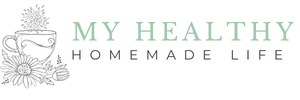

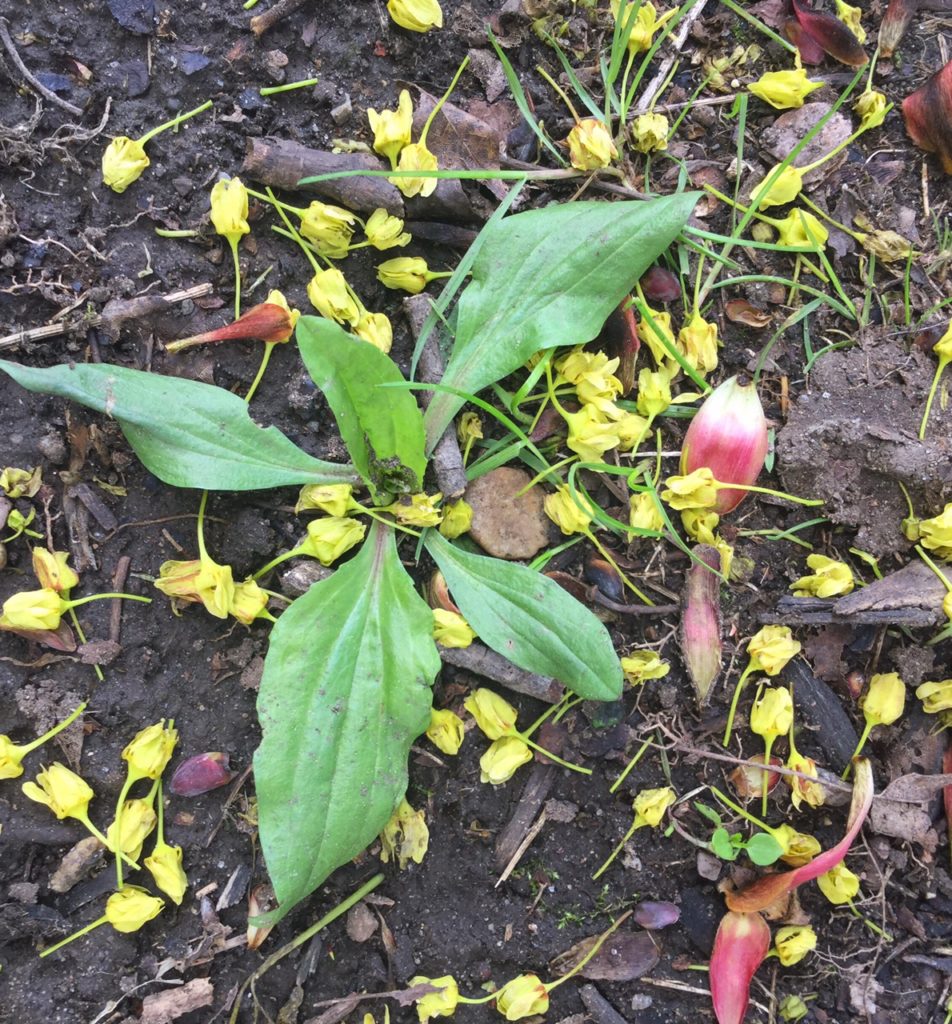
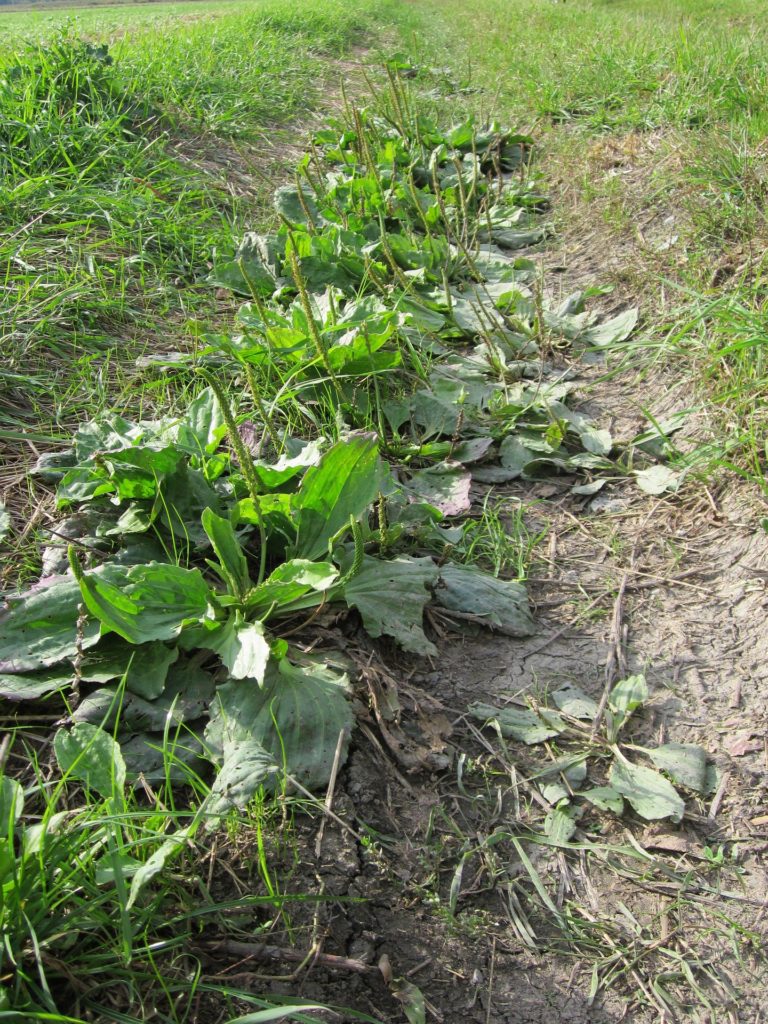
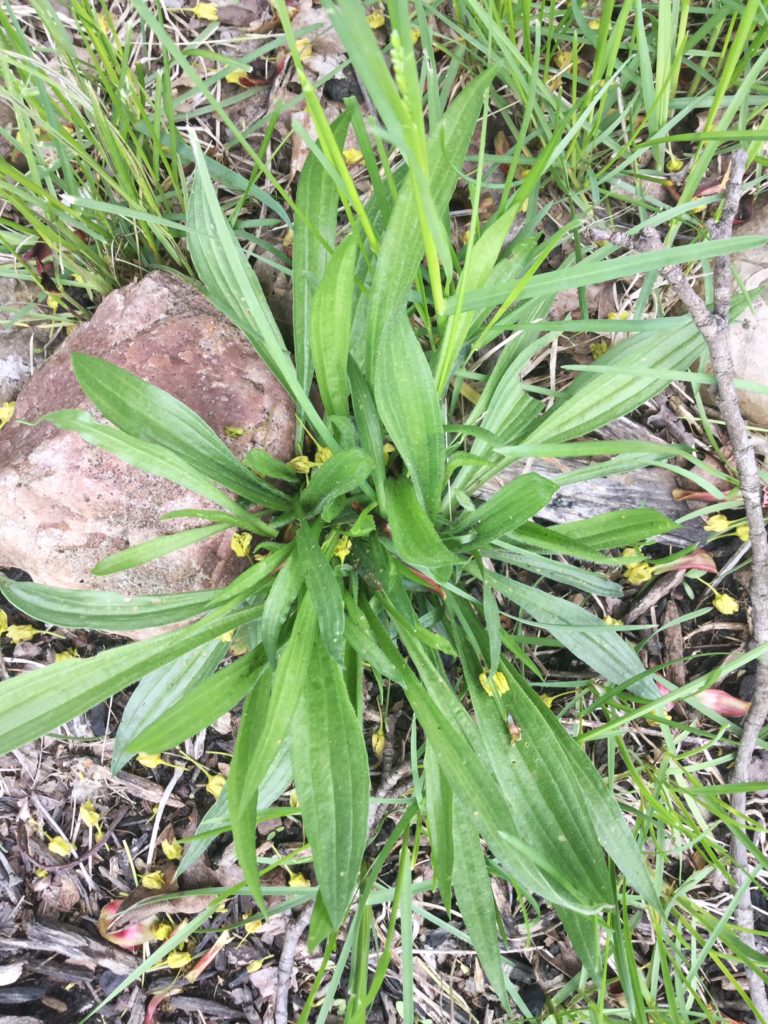
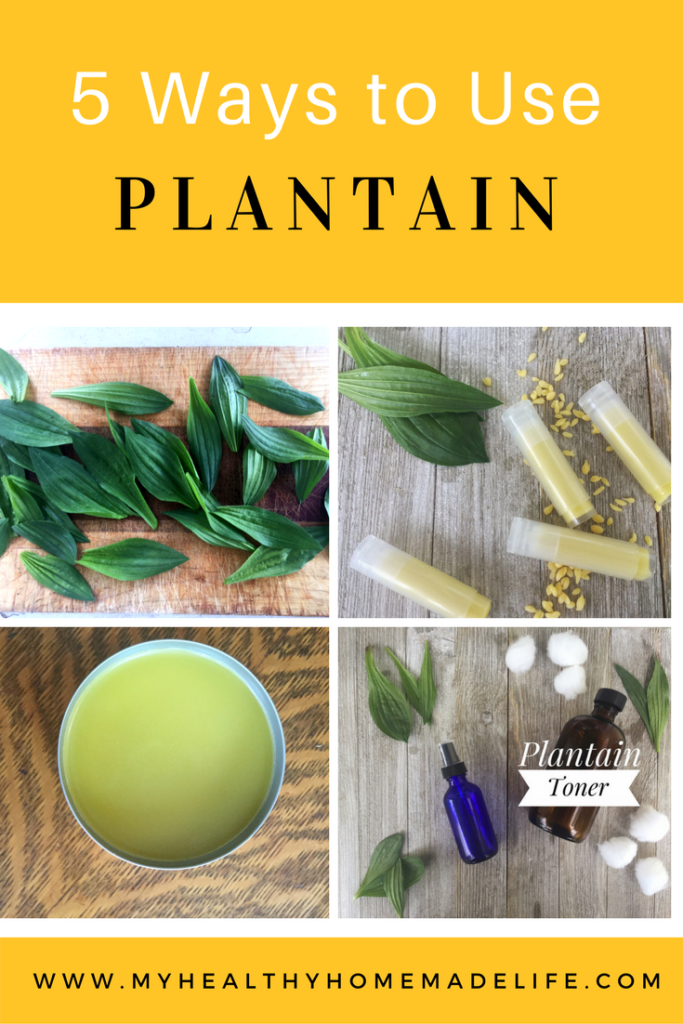
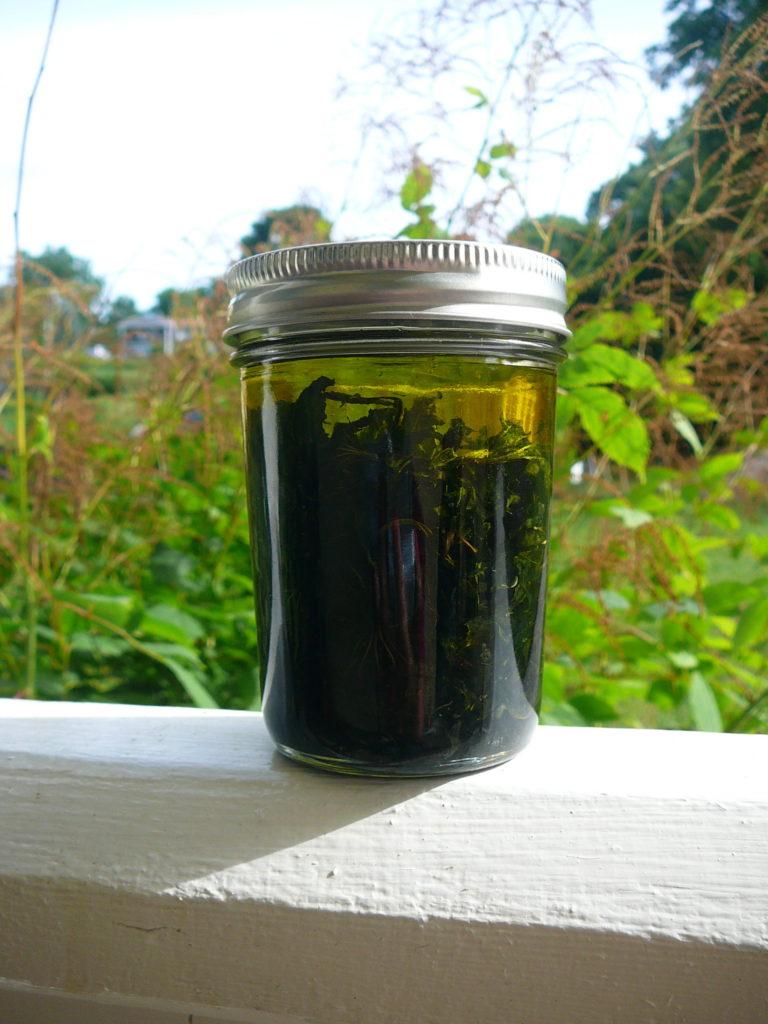
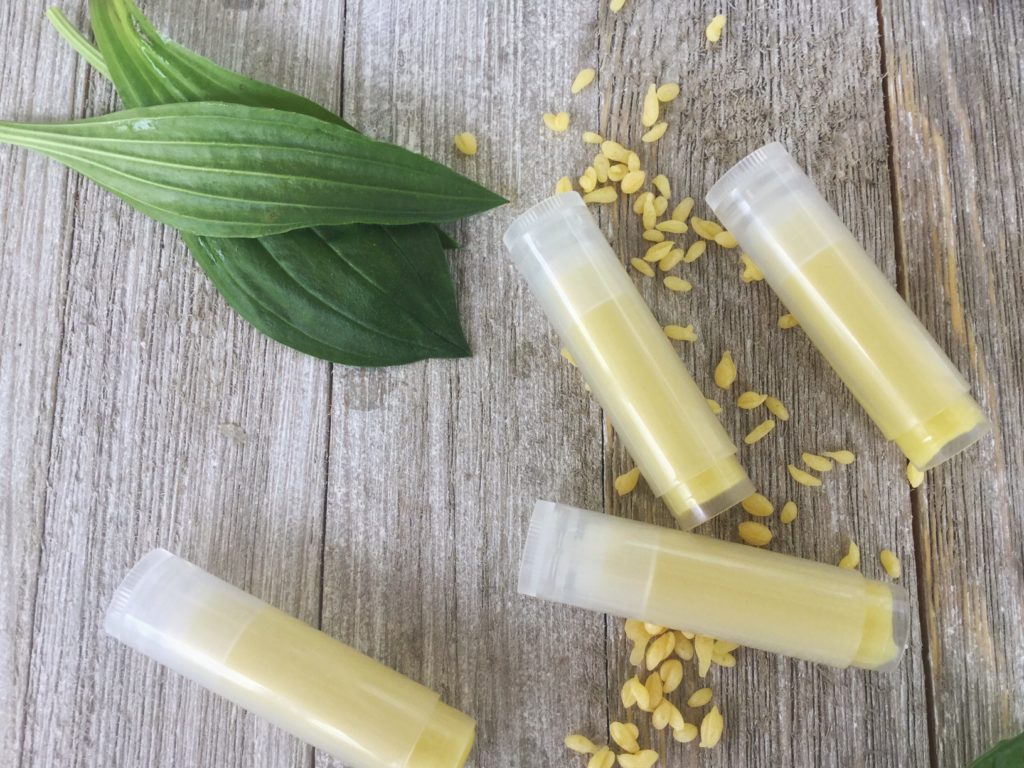
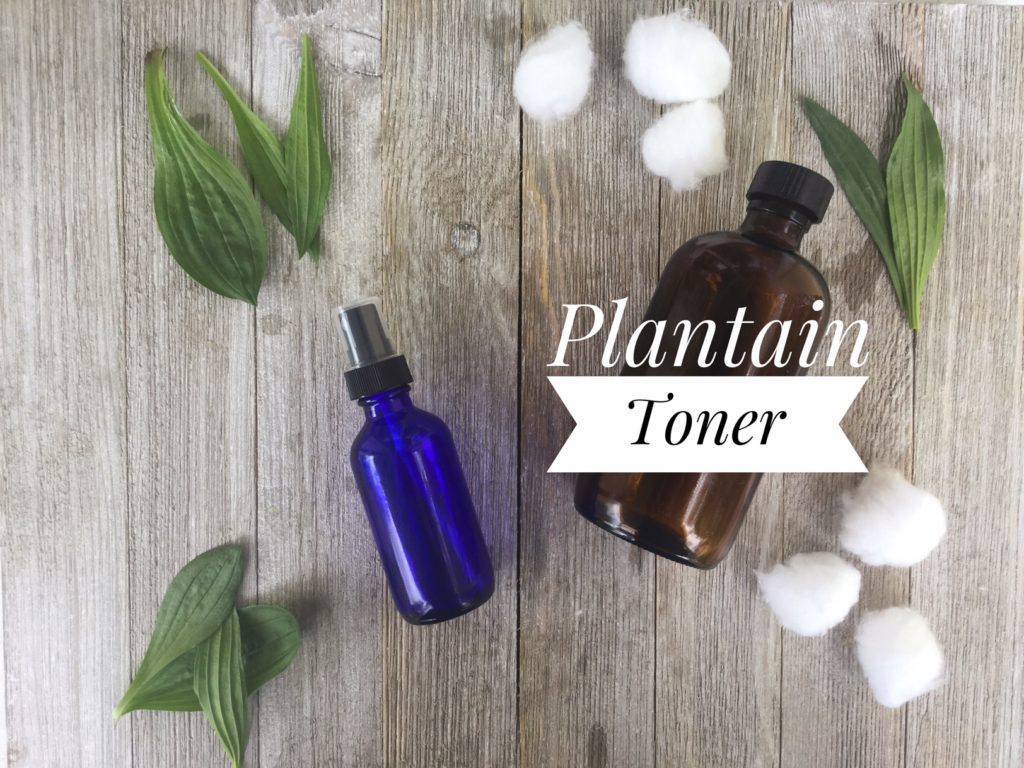
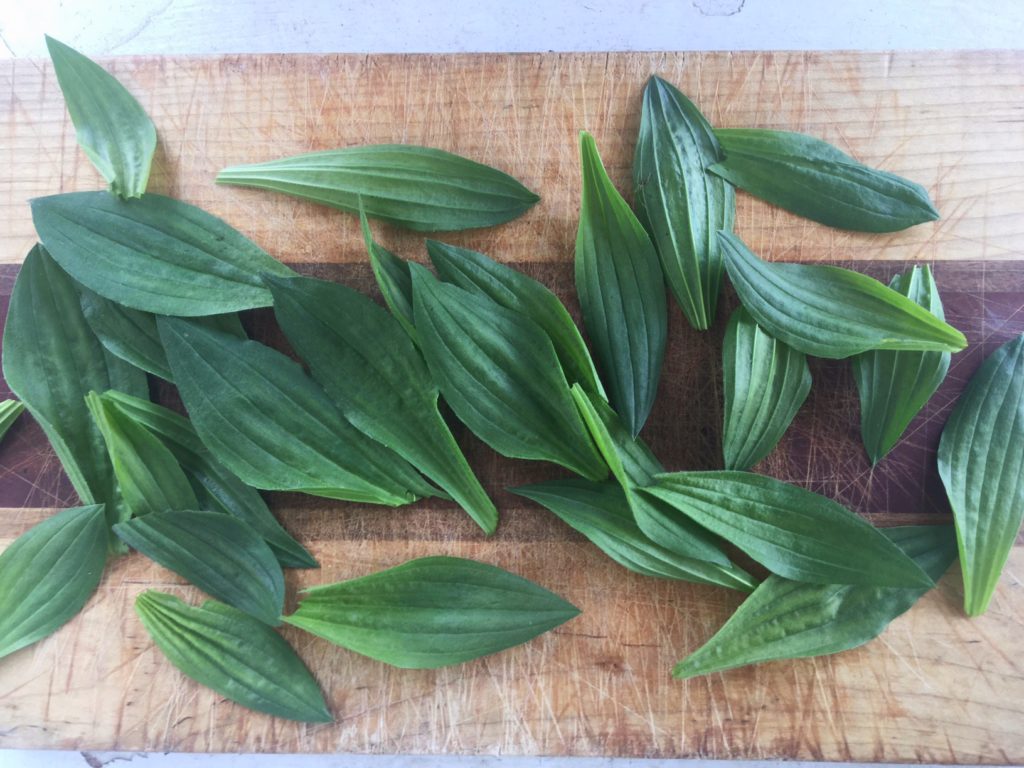
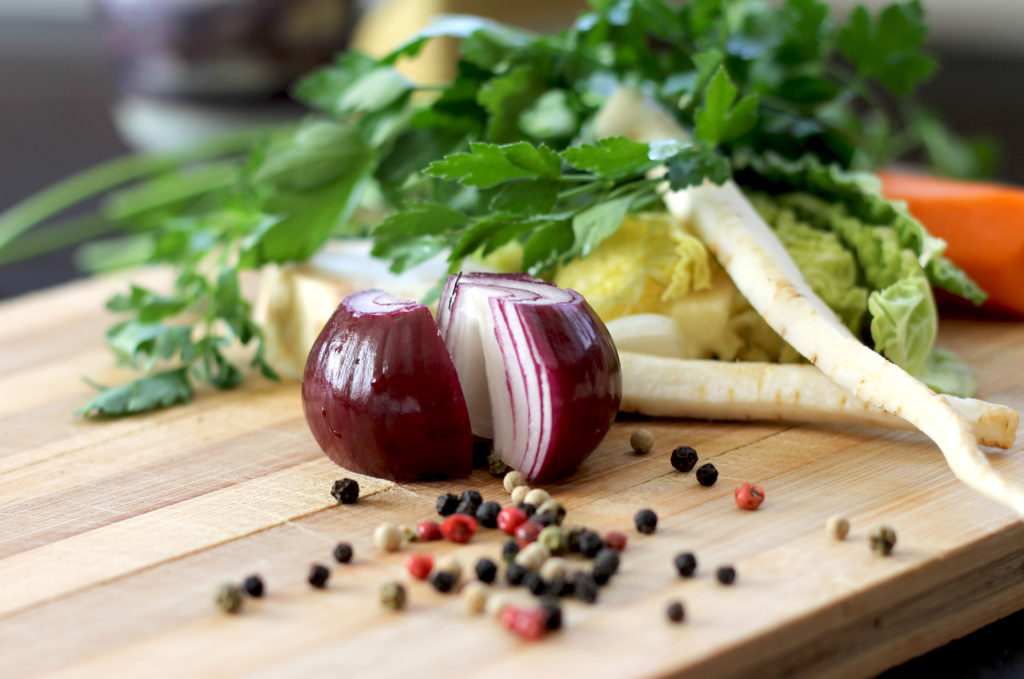


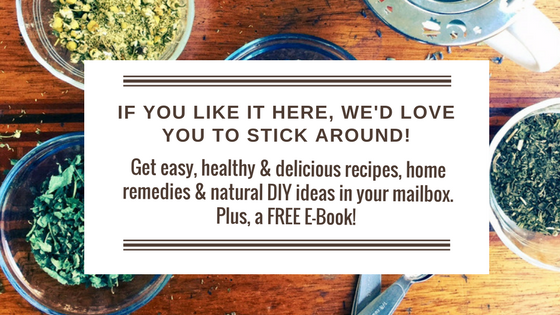
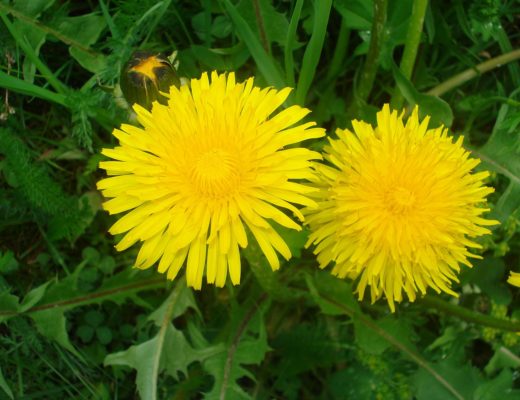


16 Comments